Compare Granny Flats vs Tiny Houses
One of the questions we get asked frequently has to do with the difference between a typical backyard granny flat and a tiny house on wheels.
These two housing structures are similar size-wise and are used for similar reasons but there are lots of key differences worth understanding. This helpful comparison table will show you how a granny flat compares to a tiny house on the main things.
TINY HOUSE
Transportable
No council approval typically required
No council contribution fees
Locate almost anywhere
20-32 sqm living space
Sustainable ethos
Off grid capability
$100,000 - $160,000
Granny Flat
Not transportable, fixed on a foundation
Council approval probably required
Council contribution fees for Granny Flats
Located in the backyard of existing dwelling
30-60 sqm living space
Conventional building ethos
On grid typically
$80,000 - $250,000
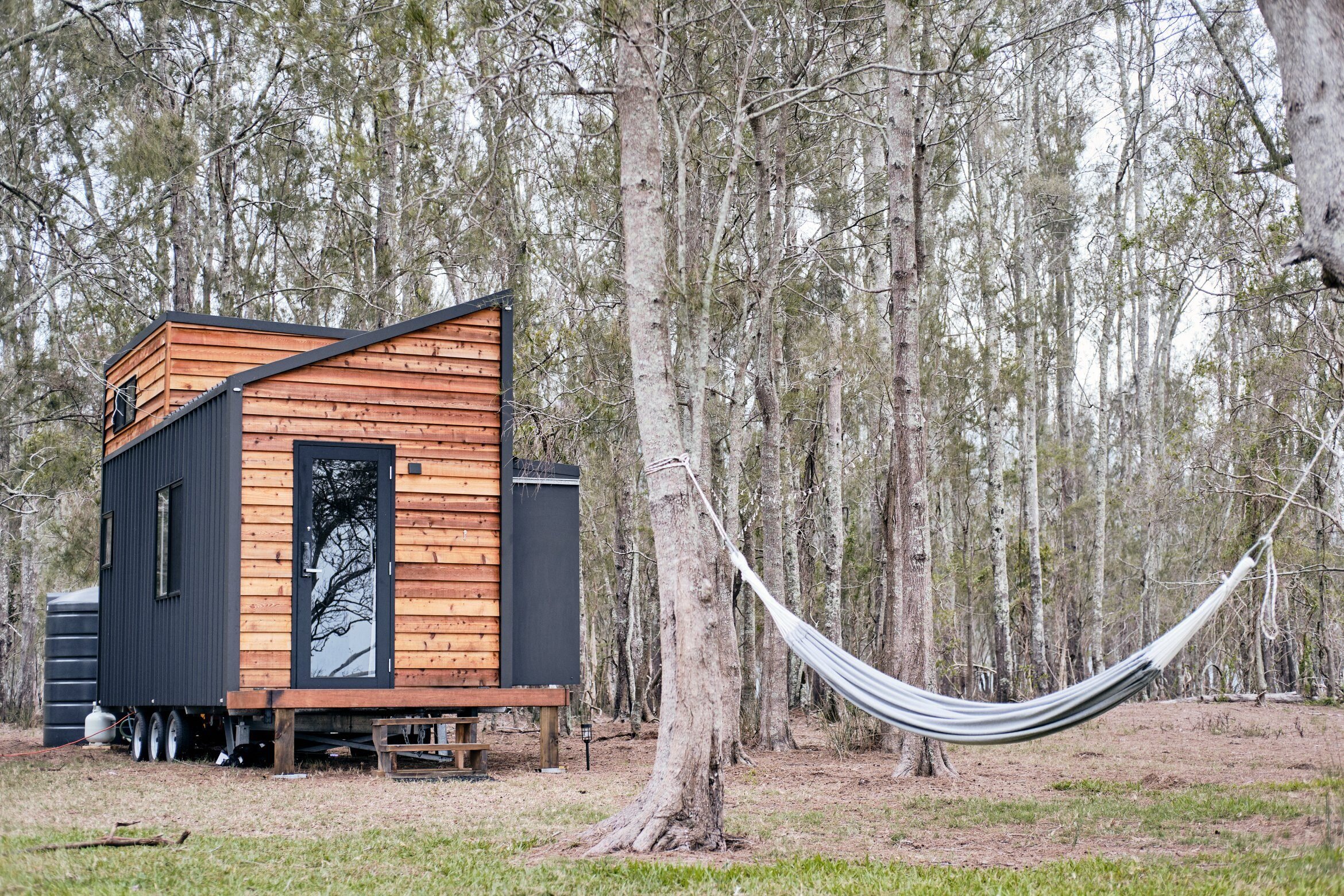
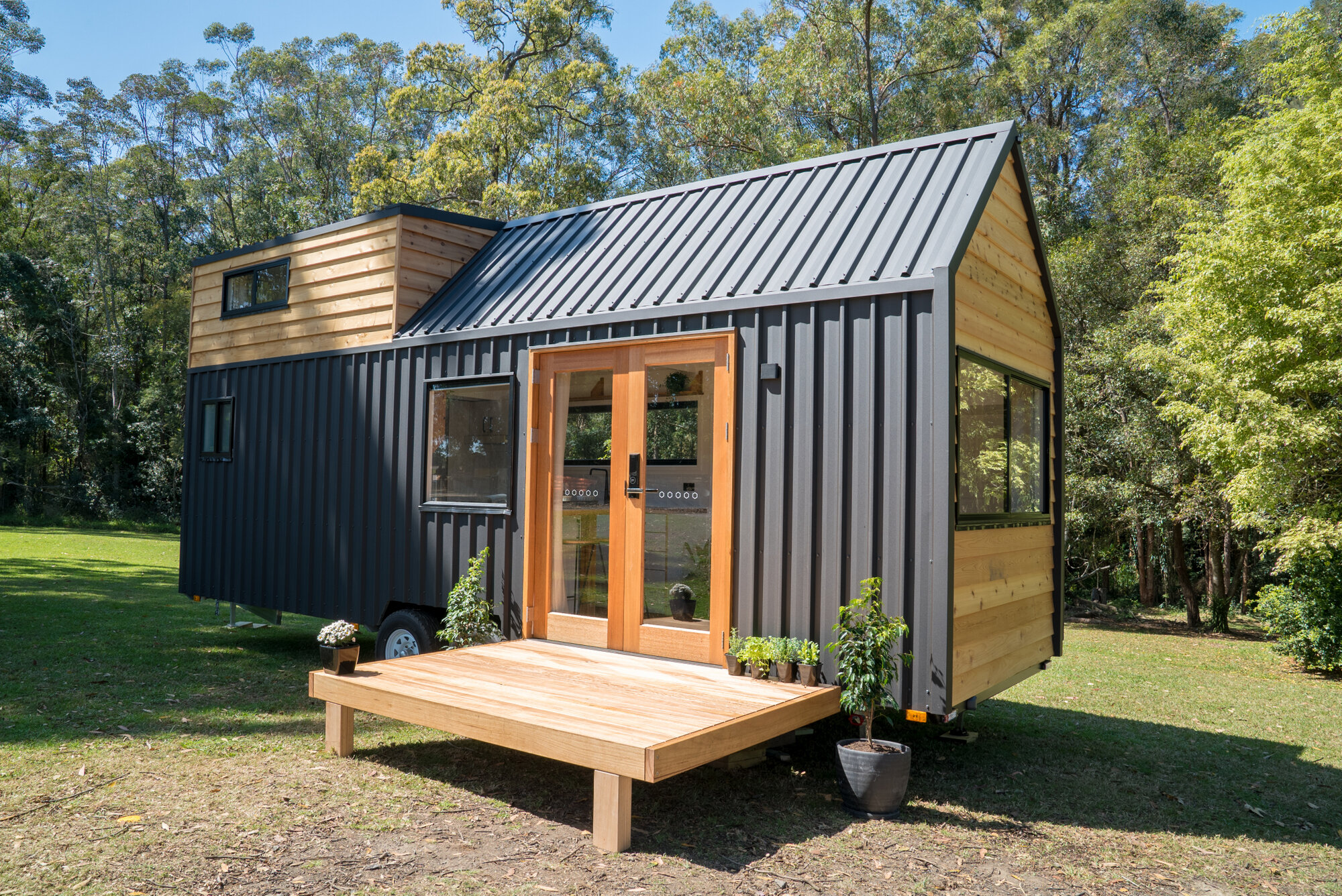

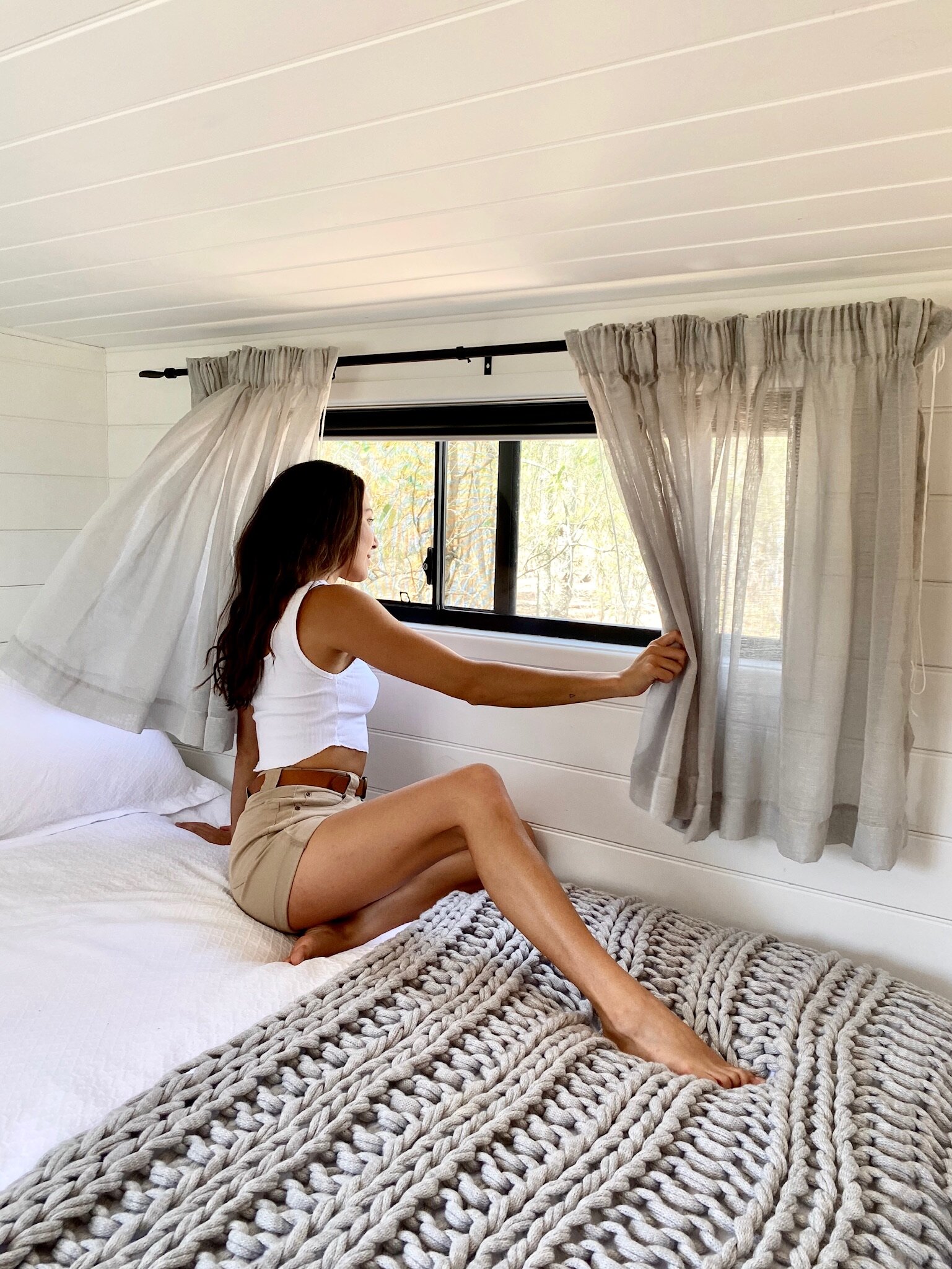

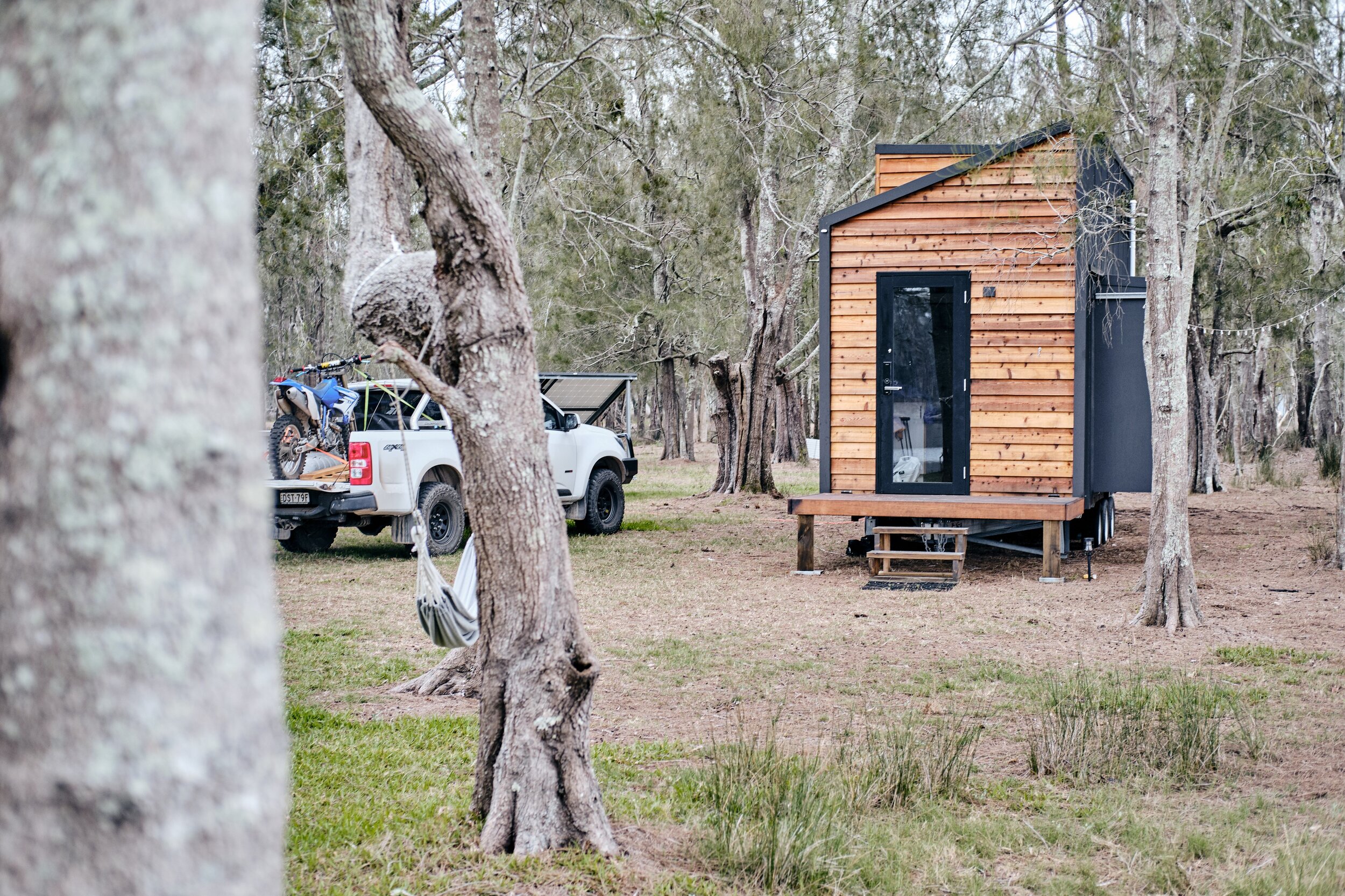
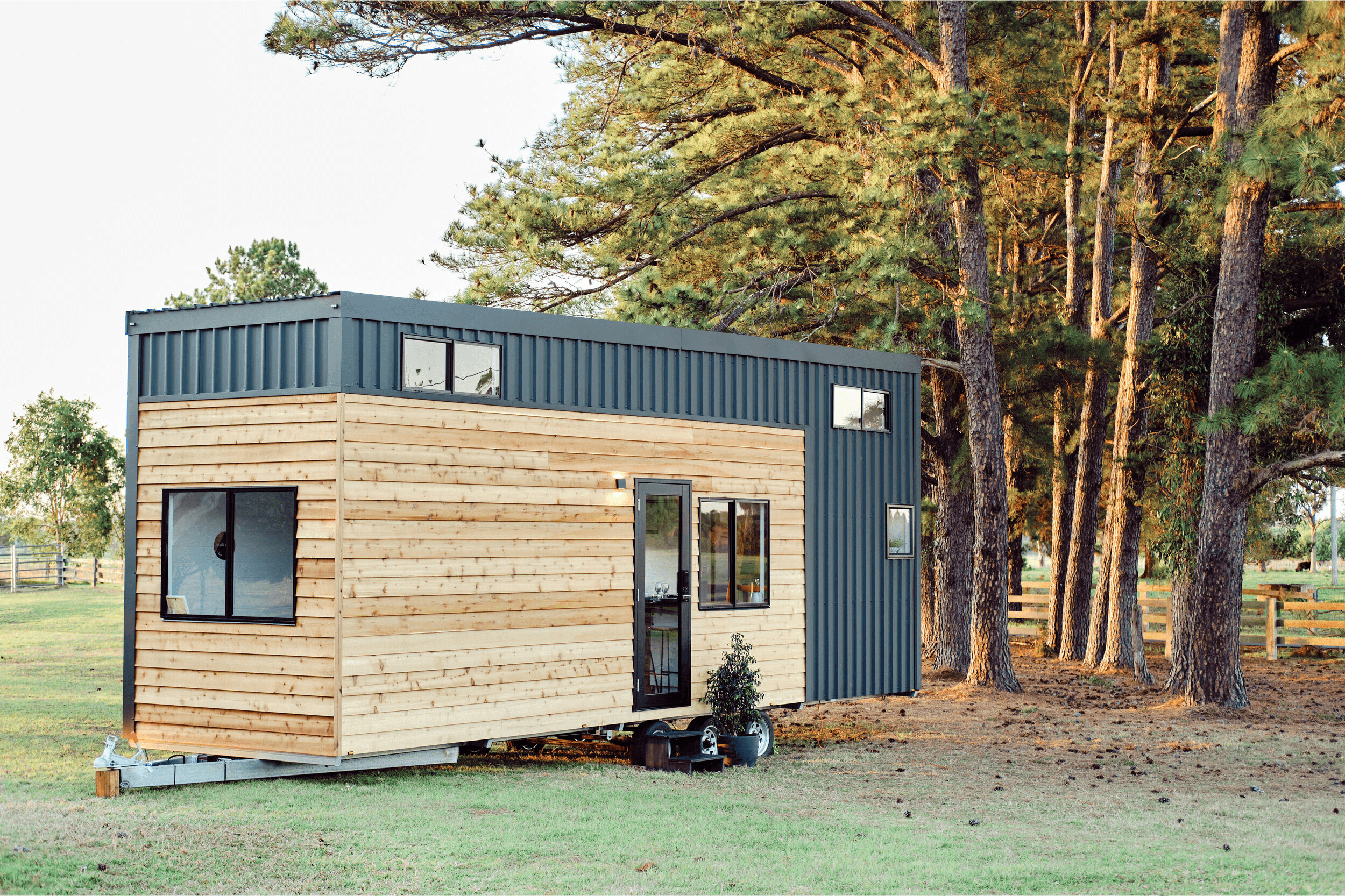
How do council planning approvals differ?
There are no council approvals required when your tiny house is parked on a property with an existing dwelling regardless of your property size and street frontage.
That’s a big time and cost saving. This is because tiny houses on wheels (THOW’s) are classified as caravans - not granny flats or buildings on a fixed foundation. The whole tiny house and trailer are fully integrated and transportable.
You can also place a tiny house on a vacant block of land where there is no existing dwelling. However, you are currently subject to some restrictions on how long you live in it and how many nights per year you can rent it out on short term rental platforms such as AirBNB.
Some council approval may be required for a granny flat. DA planning fees and council levies can range greatly from one council to another from zero to $1,000’s. If your property is larger than 450m2 and also has a minimum 12m street frontage then you may be exempt.
So if your council reject your plans for a granny flat then a tiny house could be a realistic alternative.
How do people use tiny houses?
Tiny houses are more versatile than granny flats.
Of course, tiny houses can be used be for the traditional granny flat purpose – literally a place for your nan – which is a wonderful way to bring generations of family together again on one property.
And if grandparents are staying in it tiny houses are also very useful as extra living space for other family members or guests to stay on your property – with a little distance for everyone’s personal well-being and sanity!
What we are finding is that single people, couples, down-sizing retirees and even young families with a couple small children are choosing our larger tiny houses to live in as their full time home. A well built tiny house can serve as a real home that can be transported across town or moved across the entire country if needed.
Thanks to our clever designs, high quality of craftsmanship, and comparably small price tag our customers experience huge sense of freedom and welcome relief from a massive 20 or 30 year mortgage. For younger people starting out on the real estate ladder a tiny house may provide them with a real stepping stone to property ownership.
Tiny houses don’t need to be lived in full time. People can place them on properties as a weekend escape or rent out on AirBnb as a great source of additional income and a great way to meet new people coming to stay on their property.

